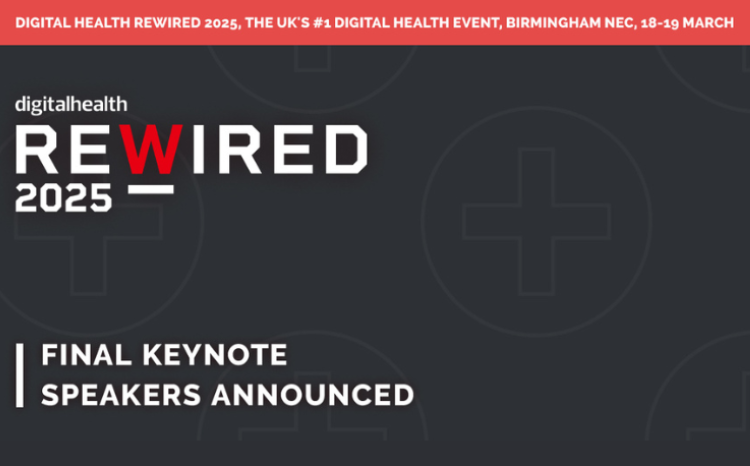Health Education England CEO discusses digital workforce issues
- 27 September 2022

The CEO at Health Education England (HEE) alongside senior NHS figures has outlined the key digital priorities to tackle the workforce crisis and ease the backlog.
A session at Healthcare Excellence Through Technology (HETT) show was focused on ‘using digital to tackle the workforce crisis and alleviate the backlog’. Chaired by Julie Bailey, head of healthcare at BCS, the panel discussed the three main priorities for tackling these issues and what needs to be done to digitise the workforce.
The first panel member to speak, Navina Evans, CEO at Health Education England, was delighted that workforce problems and digitisation are now hot topics and stressed that the NHS must move forward post-pandemic.
She said: “It’s great that the workforce crisis and digitising healthcare is on everybody’s minds. Through the pandemic we learnt so much about how digital and innovation can really transform things.
“It’s important we make sure we don’t take a step back.”
Evans outlined the following three main priorities to tackle workforce and backlog problems:
- Senior leadership – looking at board level and senior leaders
- Having a digital expertise workforce – developing useful programmes and engaging in proper recruitment
- Making sure everyone in the NHS and beyond are capable and digitally enabled
Evans added: “As a point of principle, what I want for our long-term workforce plan is to engage at workforce level.”
A focus on nursing in the Phillips Ives Review
The CNO at NHS Digital, Jo Dickson, who emphasised the power of digital and technology by joining the session virtually, spoke about the Phillips Ives Nursing and Midwifery Review.
The review is expected to provide evidence and inform strategy, ensuring that nurses and midwives are given access to knowledge, skills and education required for safe and effective digitally enabled practice.
Dickson said: “We’ve chosen to focus on nursing as it is the biggest clinical workforce and therefore, we’ve decided to look at what nursing is doing digitally. It’s important we recognise that not all nurses work in primary or acute care, and we must understand whether their needs are different.”
The NHS Digital CNO also made clear that “if you make systems simple and easy to use, people will use them”.
Evident workforce challenges
There were a couple of alarming workforce statistics shared in the session by Sonia Patel, system CIO and director of levelling up at NHS England.
A recent national data collection revealed that the NHS needs net 30,000 new roles by 2030 and currently there are around 3,000 digital and data roles unfulfilled in the NHS.
Patel said: “It is a multi-disciplinary challenge to digitise the NHS. We need to do a lot of soul searching and ask ourselves have we set ourselves up for success – so far probably not.
“There’s an immense amount of technology we could be using but we’re not quite there yet in terms of a skilled workforce.”
Patel then pointed to the positives of the Year of the Digital Profession and that it is there to make some inroads on some of the workforce challenges. She also stressed that “we need to look at democratising digital” and it should be more of a collaboration with the workforce.
“It’s not about what digital can do for the workforce, it’s about what work the workforce can do with digital.”





